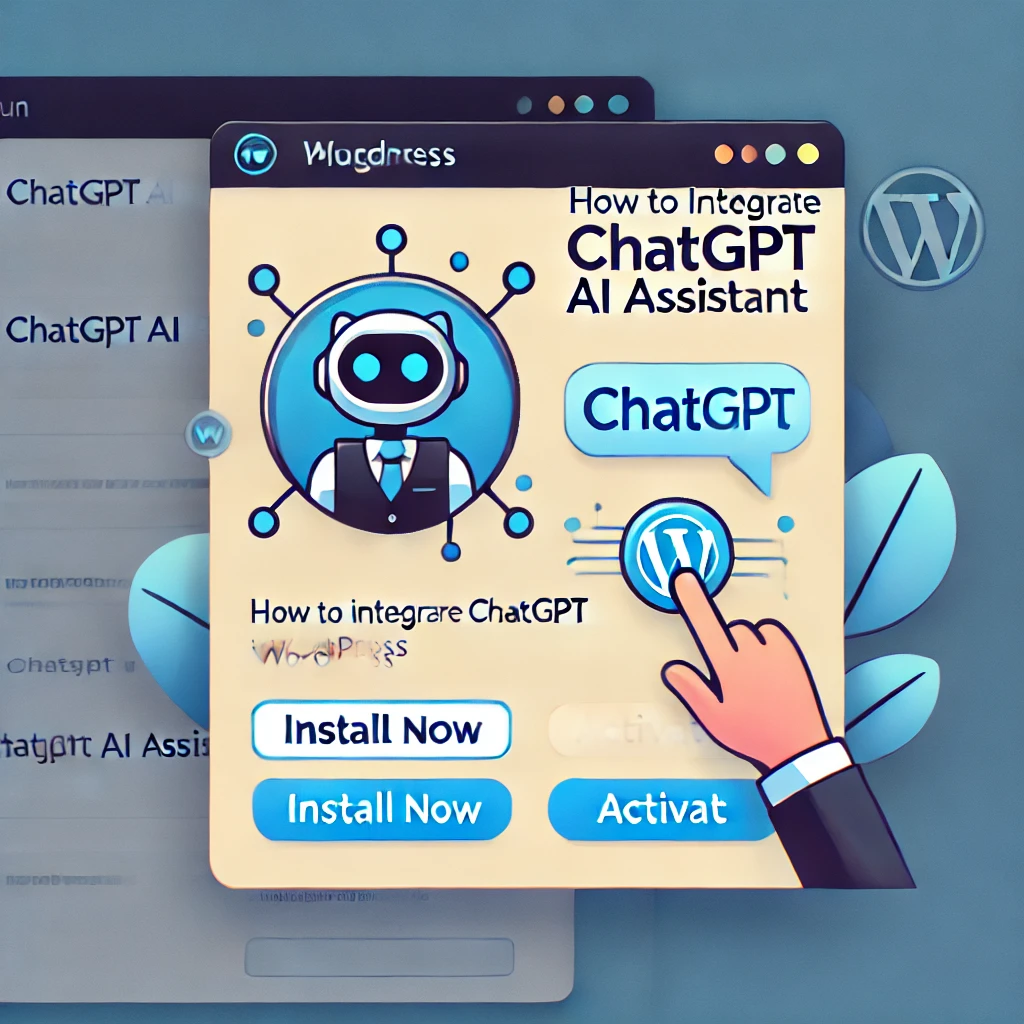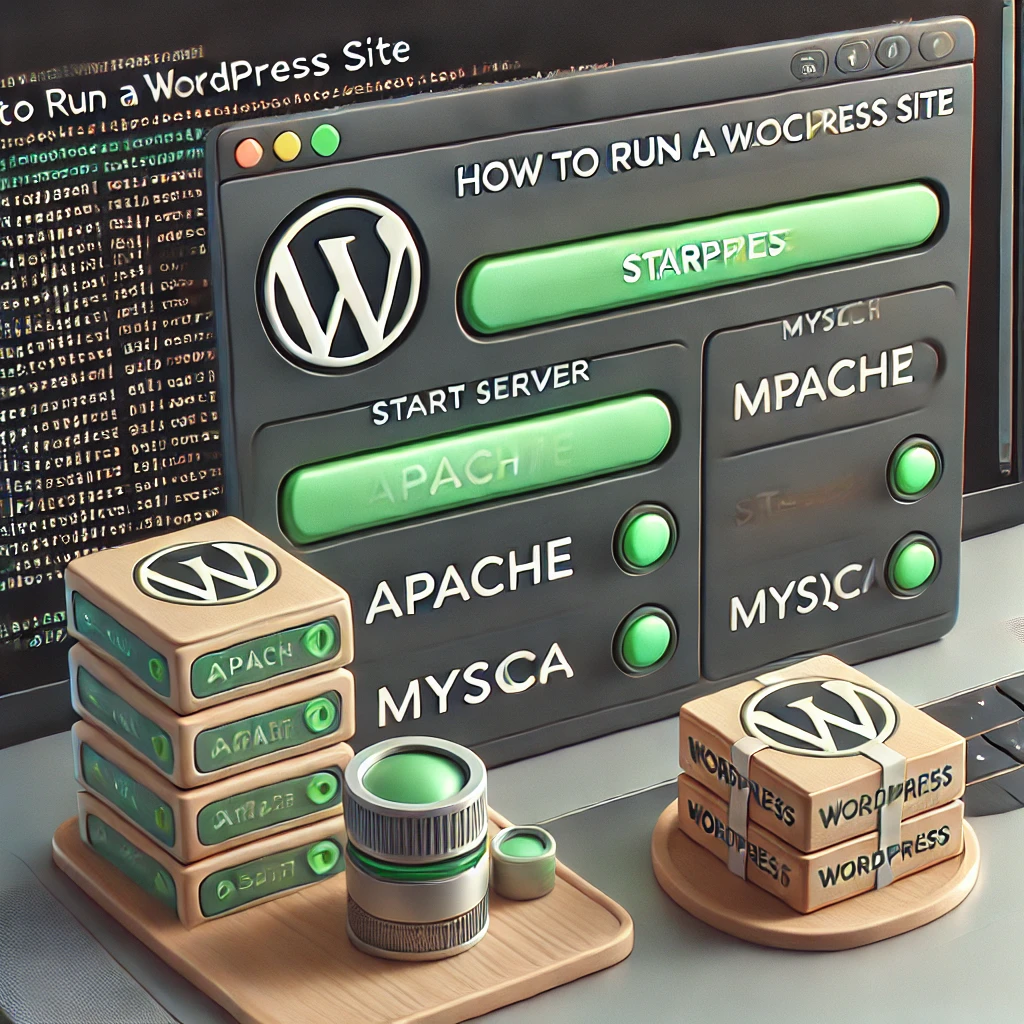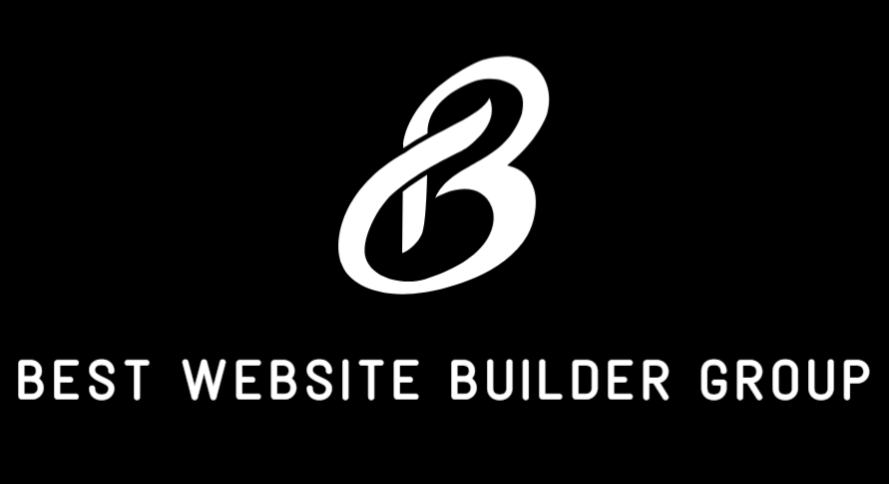When building a landing page in FinalSite, every element matters — especially the footer. The footer is more than just a placeholder for links; it plays a vital role in branding, user navigation, and trust. So if you’re wondering how to add footer to landing page FinalSite, you’re likely working within a school, district, or organization using FinalSite’s education-focused website builder and CMS.
At Best Website Builder Group, we’ve worked with many education-based platforms and content management systems, and we understand the limitations — and possibilities — that come with FinalSite’s proprietary setup. Let’s walk through how to approach this properly.

Understanding the Structure of FinalSite Landing Pages
FinalSite is known for providing modern, responsive websites for schools and educational institutions. Their builder allows for modular editing with blocks, global styling, and drag-and-drop components. When it comes to landing pages, many schools use them for:
- Admissions funnels
- Open house promotions
- Alumni or donor campaigns
- Department-specific events
However, because landing pages often use stripped-down templates for better performance and visual focus, the default site-wide header and footer may not be included by default. That’s where many users run into issues.
Understanding how FinalSite structures its global and local content blocks is critical before adding or editing a footer.
Global vs Local Elements in FinalSite
In FinalSite, page elements are either:
- Global Elements: Site-wide pieces of content (headers, footers, navigation) reused across many pages. They’re updated in one place and reflected everywhere.
- Local Elements: Content customized for a single page.
Most full-site footers are built as global elements. However, when creating a custom landing page, these elements might not be linked unless manually added or configured via the page layout editor.
This means adding a footer to a FinalSite landing page involves either:
- Pulling in an existing global footer to maintain brand consistency
- Creating a page-specific footer block and applying it to the landing page layout
Steps to Add a Footer to a Landing Page in FinalSite
Let’s break down how to add footer to landing page FinalSite using both methods.
Method 1: Reusing a Global Footer
- Log into your FinalSite admin panel
- Navigate to Composer > Page Manager
- Select the landing page where you want to add the footer
- Click Edit Page Layout
- Look for an option to add Global Footer Block or Footer Element
- Select the predefined global footer from the dropdown or modules panel
- Save and preview your page
This method ensures your landing page stays consistent with the rest of the site — and any changes to the global footer will carry over here.
Method 2: Creating a Custom Footer Block
If the landing page serves a specific purpose (like a seasonal campaign), it may benefit from a custom footer. Here’s how to do that:
- Open the Landing Page Editor
- Scroll to the bottom of your content sections
- Click Add Content Block or + Add Row
- Insert a layout row with multiple columns (commonly 3 or 4)
- Populate the columns with:
- Contact information
- Logo or mini-branding
- Navigation links (optional)
- Social icons or CTAs
- Use consistent fonts and colors that match your brand settings
- Save and preview
This approach is useful when the footer needs to be campaign-specific (e.g., admissions-only contact, limited-time promotion, or personalized call-to-action).

Tips for Styling Your Footer Correctly
Whether you’re using a global block or building a new one, your footer should always:
- Be mobile responsive
- Use your institution’s brand colors
- Contain the necessary trust-building info (e.g., address, accreditation)
- Avoid clutter — prioritize clean navigation or single CTA
- Include accessibility considerations (contrast, readable text size, alt text for icons)
At Best Website Builder Group, we’ve seen many schools struggle with overly complex footers that don’t serve their core users. Especially on landing pages, it’s better to keep things simple and actionable.
FinalSite Templates That Don’t Show a Footer
Sometimes, you may notice your footer isn’t displaying even after assigning it. This typically happens with:
- Landing page templates designed for minimal distractions
- Pages with embedded external tools (e.g., registration forms)
- Custom-coded or iframe-based pages
If that’s the case, you’ll need to go into Advanced Page Settings or the Template Editor and check whether the layout supports footers. If not, you may need to:
- Clone a different template that supports footers
- Work with FinalSite support to enable the footer section
- Insert the footer manually via HTML block (if permitted)
Why Footers Matter on Landing Pages
Although it might seem like a small element, a footer on a landing page can:
- Reinforce brand trust (logos, contact info, accreditation badges)
- Provide quick access to compliance info (privacy policy, accessibility statement)
- Help users navigate if the CTA doesn’t appeal to them
- Increase conversions with alternative CTAs or follow-up links
Whether your FinalSite page promotes an open house, showcases a program, or runs a scholarship funnel, having a footer adds polish and credibility.
Alternatives: Using Popups or CTA Bars Instead of Footers
If your page is designed to eliminate distractions, you may opt to use:
- A fixed CTA bar (e.g., “Apply Now”)
- A sticky footer with a single link or button
- An exit-intent popup to re-engage visitors
FinalSite supports many of these behaviors either natively or via third-party embeds. These methods can serve the purpose of a footer while staying hyper-focused on conversion.

Working with Developers or FinalSite Support
If you’re stuck or need advanced customization (e.g., dynamic footers, conditionally hidden elements, or script-based embeds), reach out to FinalSite support or your web developer. At Best Website Builder Group, we regularly help schools and organizations adjust FinalSite templates, even when limited by locked components.
If your school has a web management retainer with FinalSite, they can often assist directly — but if you’re looking for external expertise to improve conversions and UX design, our team can step in with actionable recommendations and custom builds.
Conclusion
So, how to add footer to landing page FinalSite comes down to understanding your site’s structure. Whether you opt for a global footer or create a custom block, the key is ensuring the footer aligns with your campaign goals, enhances trust, and stays mobile-friendly. FinalSite provides the tools — but you’ll need a solid strategy and design eye to make the most of it.
If you’re managing a school website or funnel system and want professional guidance, Best Website Builder Group specializes in educational and campaign-based web design that works — footer and all.
